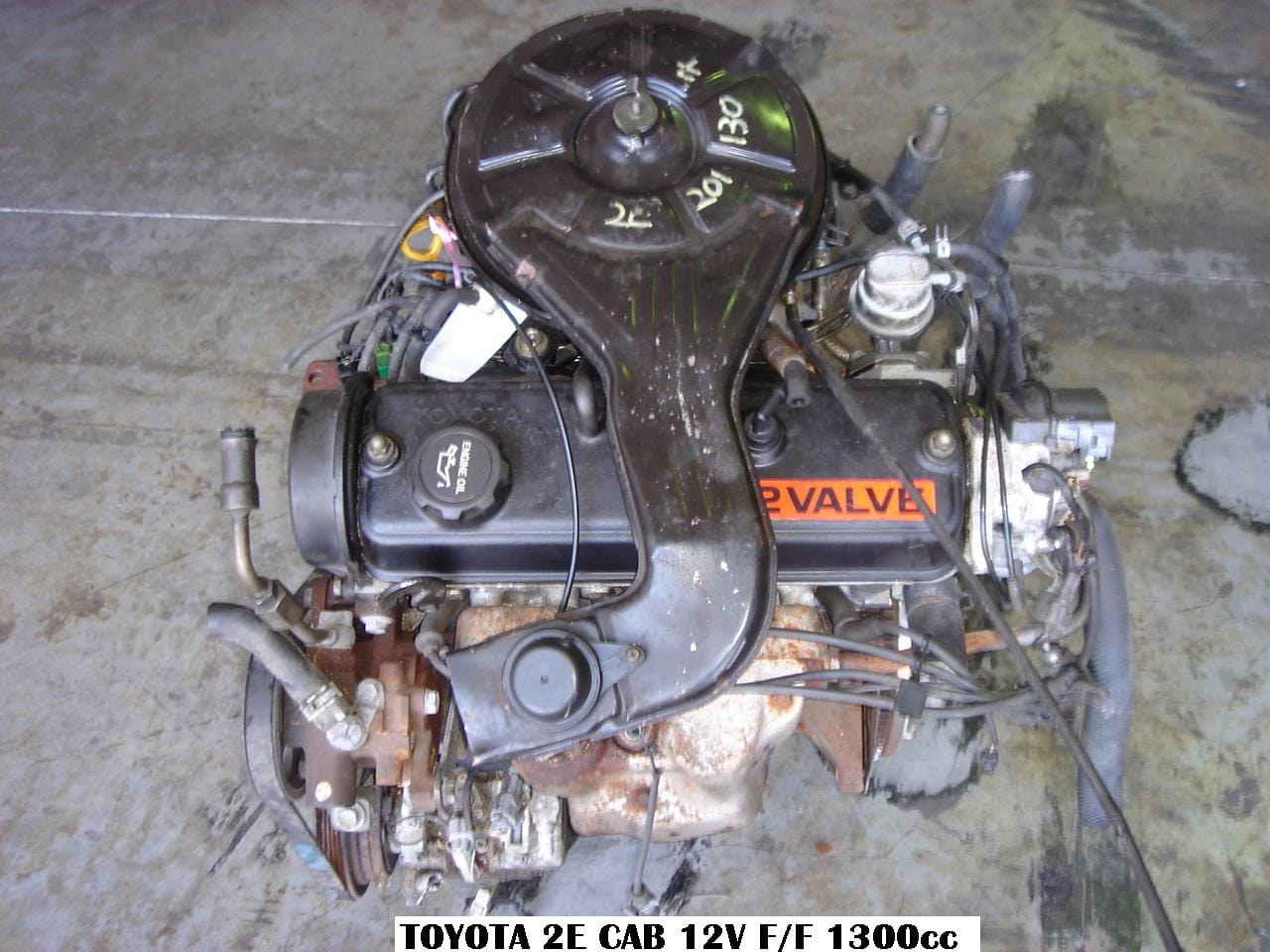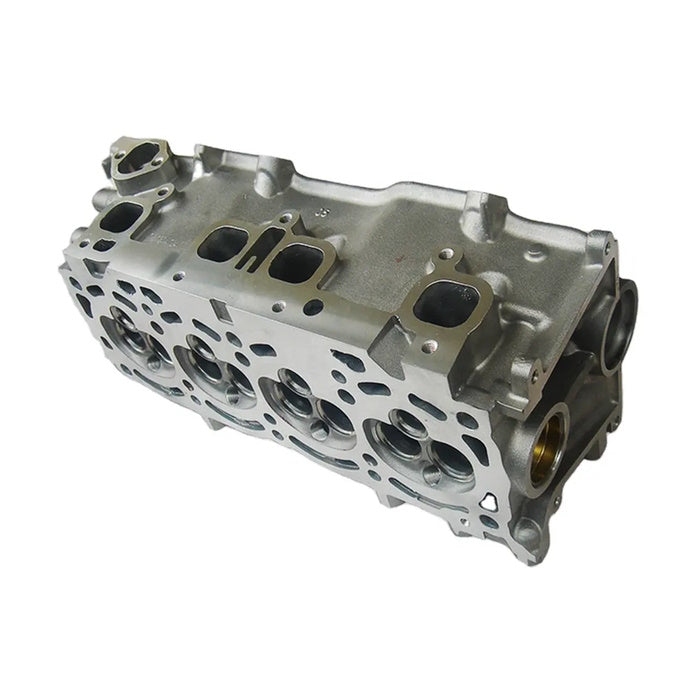Explore the Newest Patterns in Engine Modern Technology With Tazz
In the rapidly developing landscape of vehicle modern technology, Tazz stands at the center, highlighting substantial advancements in engine systems that prioritize both development and sustainability. tazz. From hybrid engines that maximize fuel performance to the development of hydrogen fuel cells, the patterns shaping modern-day powertrains are not just boosting efficiency yet additionally dealing with critical environmental challenges. As the industry proceeds to press borders, it is essential to consider just how these growths will certainly affect future transport options and the wider ramifications for global energy intake. What exists ahead in this crucial improvement?
Crossbreed Engine Innovations
Crossbreed engine innovations represent a pivotal change in vehicle technology, combining the advantages of interior burning engines with electrical propulsion systems. This combination not only improves fuel efficiency yet also lowers exhausts, meeting increasingly rigid environmental regulations. By using both energy resources, hybrid engines can enhance performance, providing power when needed while saving fuel during much less demanding motoring problems.
Recent advancements in hybrid modern technology include renovations in battery efficiency and regenerative braking systems. These technologies enable higher power recovery throughout slowdown, which can be redirected to help in velocity or power auxiliary systems. Additionally, suppliers are focusing on lightweight products and portable designs to make the most of the effectiveness of crossbreed powertrains.
The development of plug-in hybrids has likewise increased the marketplace, enabling drivers to charge their cars utilizing common electric outlets. This attribute often allows for significant all-electric range, further decreasing dependence on traditional fuels. tazz. As the automotive industry remains to progress, hybrid engine technologies are expected to play a critical duty in connecting the void between standard automobiles and completely electric models, offering a transitional solution that deals with varied customer requirements and preferences
Advances in Electric Powertrains
The automotive landscape is swiftly advancing, with electrical powertrains emerging as a leading force in sustainable transport. Advancements in electric vehicle (EV) modern technology are dramatically improving efficiency, efficiency, and individual experience. Secret developments consist of enhancements in battery chemistry, which have boosted energy thickness, decreased billing times, and prolonged overall battery life.
Solid-state batteries, as an example, promise to change the market by giving higher safety and security and effectiveness contrasted to typical lithium-ion cells. Innovations in regenerative braking systems are making it possible for vehicles to recuperate power during deceleration, contributing to total effectiveness.
Along with battery innovation, electrical motor designs are ending up being extra sophisticated. Developments such as incorporated motors and progressed thermal monitoring systems are helping to optimize power shipment and minimize weight, inevitably enhancing car dynamics.

Collectively, these developments highlight the dedication to transition in the direction of cleaner, extra reliable transport options, positioning electric powertrains at the center of auto technology.
The Increase of Hydrogen Fuel Cells
Increasingly, hydrogen fuel cells are obtaining grip as a feasible alternative to traditional inner burning engines and battery electric vehicles. This modern technology harnesses the chemical energy stored in hydrogen, transforming it right into electrical power through an electrochemical response with oxygen. The main byproduct of this procedure is water, making hydrogen fuel cells an environmentally pleasant choice with zero exhausts at the tailpipe.

Automakers are progressively spending in hydrogen gas cell modern technology, recognizing its potential for long-range applications and fast refueling capacities that measure up to conventional gas. In addition, sectors such as heavy-duty transport and public transit are especially appropriate for hydrogen gas cells, where battery electrical options might drop short as a result of weight and array constraints.
As study and financial investment remain to increase, hydrogen gas cells are positioned to play a substantial duty in the future landscape of tidy transport and power remedies.
Enhancements in Internal Burning Engines
Technologies in inner burning engine (ICE) innovation are changing conventional automobiles to satisfy contemporary environmental standards and efficiency assumptions. One of the most significant improvements includes the assimilation of sophisticated fuel shot systems. These systems enhance the air-fuel blend, enhancing burning effectiveness and resulting in lowered exhausts. Straight fuel injection, for circumstances, permits for much better atomization of fuel, leading to even more total combustion and boosted power outcome.
Furthermore, turbocharging has gained prestige, enabling smaller sized engines to provide greater performance without the weight of bigger engines - tazz. This technology not just increases performance however additionally adds to decrease fuel consumption. Variable valve timing systems are additionally being fine-tuned, making it possible for engines to adapt to numerous driving conditions for enhanced torque and responsiveness
Moreover, the usage of light-weight materials in engine building and construction is becoming typical, additional boosting fuel performance by decreasing total vehicle weight. Engine control systems (ECUs) are significantly sophisticated, allowing real-time changes that optimize performance and emissions.
These improvements jointly indicate a pivotal shift in ICE innovation, lining up with international sustainability goals while still giving the performance drivers expect from their lorries. As the sector develops, these improvements continue to shape the future of conventional automobile design.
Future Trends in Engine Efficiency
Significant advancements in engine efficiency are prepared for as manufacturers concentrate on incorporating advanced modern technologies to fulfill rigid environmental laws and customer needs. The change in the direction of electrification, hybrid systems, and alternate fuels is reshaping the auto landscape, driving advancements that improve gas economic climate and reduce discharges.
Among the vital trends is the implementation of innovative products and making techniques. High-strength alloys and lightweight compounds add to lowered automobile weight, therefore boosting general performance. In addition, the fostering of turbocharging and variable valve timing innovations permits for improved power outcome from smaller sized engines, further improving gas economic situation.

Final Thought
Finally, the other expedition of engine innovation reveals substantial advancements that focus on sustainability and effectiveness. Innovations in hybrid engine systems, electric powertrains, and hydrogen gas cells demonstrate a dedication to reducing discharges while enhancing efficiency. Renovations in internal burning engines and an emphasis on lightweight materials contribute to general engine effectiveness. As the auto market remains to progress, these trends will certainly play a crucial role fit a cleaner and even more sustainable future for transportation.
From hybrid engines that enhance gas efficiency to the appearance of hydrogen fuel cells, the patterns shaping contemporary powertrains are not just boosting efficiency yet also dealing with crucial environmental difficulties.Hybrid engine innovations represent a pivotal shift in vehicle innovation, incorporating the benefits of inner burning engines with electrical propulsion systems.Additionally, turbocharging has actually obtained prominence, permitting smaller sized engines to deliver higher efficiency without the weight of larger engines. In addition, the adoption of turbocharging and variable shutoff timing technologies permits for enhanced power result from smaller sized engines, additionally improving gas economic climate.
Enhancements in interior combustion engines and a focus on lightweight products add to total engine effectiveness.
Comments on “Toyota Tazz: A Compact Car That Offers Big Value and Long-Term Durability”